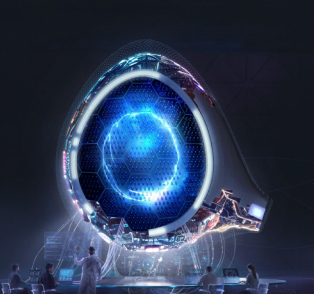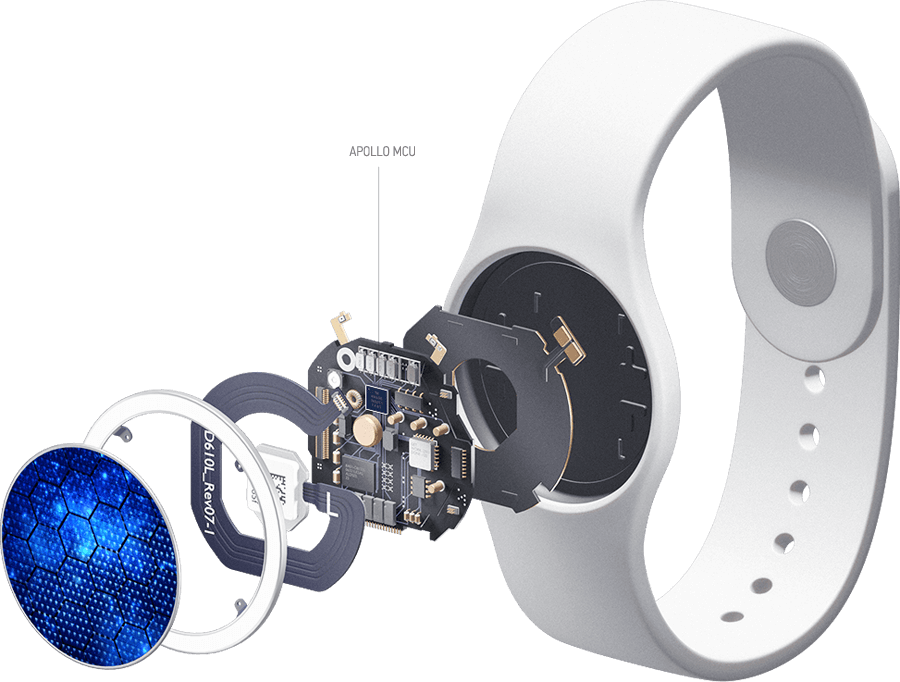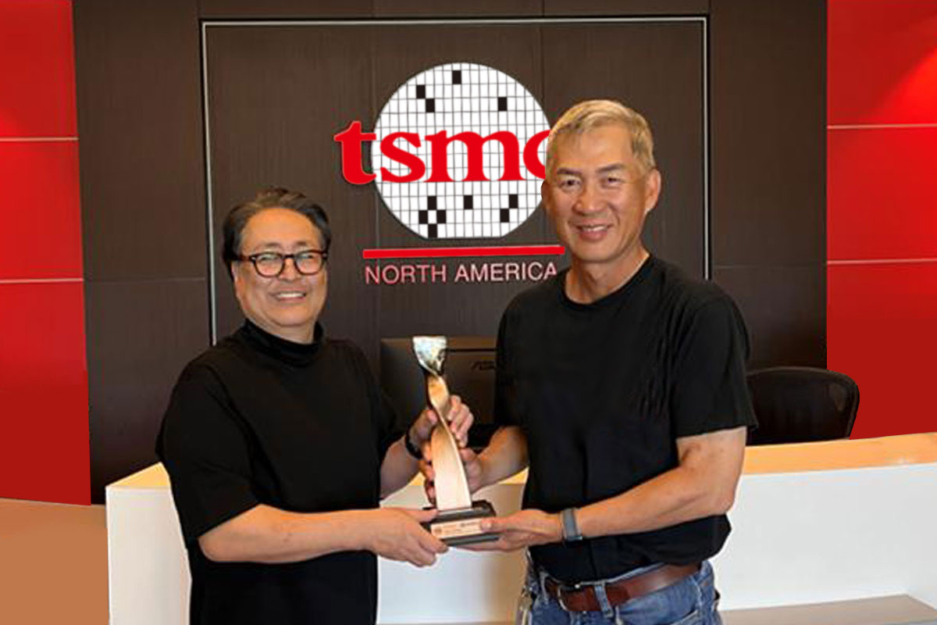
Still left: Inside the VAB, the crawler transporter positions alone beneath Mobile Launcher one in preparing for rollout of SA-501 for the start pad – note the employee during the foreground for dimension comparison.
The astronauts were being winched on board the Restoration helicopter. BIGs were being worn until they reached isolation facilities on board Hornet. The raft containing decontamination supplies was intentionally sunk.[194]
Resulting from organizations which have swiftly long gone electronic and put a pressure on cloud networks and data facilities, Asia Pacific is predicted to encounter sizeable progress during the forecast period of time.
Devote 20x less on translation by customizing Device Translation models and automating supply content material advancement and publish-modifying.Make their greatest aid content articles, brokers, and chatbots obtainable 24/seven in more than 650 languagesBoost world wide productivity by language-inclusive digital workplacesRe-use and share the top prompts utilizing the new GenAI portal and numerous software package integrations.A Leap Forward in Generative AI and Translation
Because the industry chief in generating dependable and extremely-lower-energy semiconductors for smart IoT, Ambiq's Apollo SoC spouse and children can permit wearables and endpoint devices to final for months or months on an individual charge. In 2019, Ambiq collaborated Along with the Singapore federal government, Excelpoint, and iWOW to build on this technology to empower the TraceTogether devices that facilitated Make contact with tracing and combat Local community spread over the COVID-19 pandemic.
An early and important choice was deciding upon lunar orbit rendezvous more than both of those direct ascent and Earth orbit rendezvous. An area rendezvous is definitely an orbital maneuver where two spacecraft navigate through Room and meet up. In July 1962 NASA head James Webb introduced that lunar orbit rendezvous could well be utilized[35][36] and the Apollo spacecraft would've three big parts: a command module (CM) by using a cabin with the three astronauts, and the one section that returned to Earth; a support module (SM), which supported the command module with propulsion, electrical electric power, oxygen, and water; as well as a lunar module (LM) that experienced two levels—a descent stage for landing within the Moon, and an ascent stage to put the astronauts again into lunar orbit.
About ninety seconds just before the second phase cutoff, the middle engine shut down to reduce longitudinal pogo oscillations. At all-around this time, the LOX stream amount lowered, modifying the mix ratio of The 2 propellants and making certain that there could be as minimal propellant as is possible still left within the tanks at the conclusion of 2nd stage flight. This was performed at a predetermined delta-v.[35]
The pause between these actions would give time with the crew to escape by means of the Launch Escape Tower or (inside the afterwards stages in the flight) the propulsion procedure from the Provider module. A 3rd command, "Secure", was applied once the S-IVB stage attained orbit to irreversibly deactivate the self-destruct process. The system was inactive assuming that the rocket was continue to on the launch pad.[75] Startup sequence[edit]
This is the LM pilot. I would choose to consider this chance to ask every single human being listening in, whoever and wherever They might be, to pause for a second and ponder the situations from the previous couple hours and to provide thanks in her Edge AI or his have way.[134]
Aldrin's bootprint; Portion of an experiment to test the Qualities from the lunar regolith They deployed the EASEP, which included a passive seismic experiment package utilized to evaluate moonquakes plus a retroreflector array utilized for the lunar laser ranging experiment.[157] Then Armstrong walked 196 feet (60 m) within the LM to acquire images on the rim of Tiny West Crater whilst Aldrin gathered two Main samples. He employed the geologist's hammer to pound while in the tubes—the one time the hammer was employed on Apollo eleven—but was not able to penetrate a lot more than 6 inches (15 cm) deep.
AS-203, an uncrewed Saturn IB start which supported the Apollo application but carried no Apollo spacecraft, intended to be launched third inside the sequence
Apollo six interstage slipping away. The engine exhaust in the S-II stage glows because it impacts the interstage.
Though transferring inside the cabin, Aldrin unintentionally destroyed the circuit breaker that will arm the most crucial motor for liftoff in the Moon.
Moreover, our superb technological support team is ready to assist deliver your layout to generation. Requirements Requirements 03

Get Smart. Use Less Energy.
Ultra-low power SoCs for IoT endpoint devices
that demand complex operations
and longer battery life.
✍ Ambiq® is committed to further improve the quality of life by enabling the intelligence of endpoints while further reducing carbon footprints. Ambiq – your partner in endpoint intelligence.
✯✯✯Based in Austin, San Jose, Hsinchu, Shenzhen, and Shanghai, our leadership and management teams consist of advocates, builders, enthusiasts, entrepreneurs, explorers, incubators, inventors, pioneers, protectors, thinkers, and visionaries. With a diverse spectrum of experiences and skillset, we came together and united with one goal to enable the true Internet of Things where the battery-powered endpoint devices can truly be connected intuitively and intelligently 24/7.
Ambiq Wins the Demo of the Year Award at 2023 TSMC Technology Symposium
September 7, 2023, Austin, TX – Ambiq®, a leading developer of ultra-low-power semiconductor solutions that deliver a multifold increase in energy efficiency, was awarded the Demo of the Year Award by TSMC as a participant of the Innovation Zone at the 2023 TSMC North America Technology Symposium.
Ambiq Wins the Demo of the Year Award at 2023 TSMC Technology Symposium
During the April event, Ambiq showcased various product design wins using TSMC’s 22nm technology in wearables, digital health, smart home, Industrial IoT, pet trackers, and retail segments, with industry-leading energy efficiency. Ambiq also featured two live demos emphasizing its leadership in enabling endpoint AI with its HeartKit™ for remote patient monitoring and its graphics display capabilities for a vivid user interface.

TSMC pioneered the pure-play semiconductor foundry business model when it was founded in 1987, helping startup companies accelerate their innovations by providing access to the industry’s leading process technologies and manufacturing capacity. Since 2021, TSMC has expanded that mission with an Innovation Zone at its worldwide Technology Symposiums, highlighting how TSMC partners with startup companies to enable cutting-edge products from various applications, including high-performance computing, communication, automotive, IoT, and consumer segments.
“We’re grateful to TSMC and our booth visitors for allowing us to share our energy-efficient technology and processor solutions with them,” said Ambiq’s CEO, Fumihide Esaka. “We’re moving towards an exciting frontier of AI becoming more engrained with our daily lives. With that vision on the horizon, we will continue to develop innovative and first-of-its-kind ultra-low-powered solutions that keep innovation and sustainability in mind.

Ambiq’s mission is to develop the lowest-power semiconductor solutions to enable intelligent devices everywhere by developing the lowest-power semiconductor solutions to drive a more energy-efficient, sustainable, and data-driven world. Ambiq has helped leading manufacturers worldwide develop products that last weeks on a single charge (rather than days), while delivering a maximum feature set in compact industrial designs. Ambiq’s goal is to take Artificial Intelligence (AI) where it has never gone before in mobile and portable devices, using Ambiq’s advanced ultra-low power system on chip (SoC) solutions. Ambiq has shipped more than 200 million units as of March 2023.
Ambiq Designs Low-Power for Next Gen Endpoint Devices
Ambiq’s VP of Architecture and Product Planning, Dan Cermak, joins the ipXchange team at CES to discuss how manufacturers can improve their products with ultra-low power. As technology becomes more sophisticated, energy consumption continues to grow. Here Dan outlines how Ambiq stays ahead of the curve by planning for energy requirements 5 years in advance.
Ambiq Highlights From Embedded World 2024
Facebook | Linkedin | Twitter | YouTube